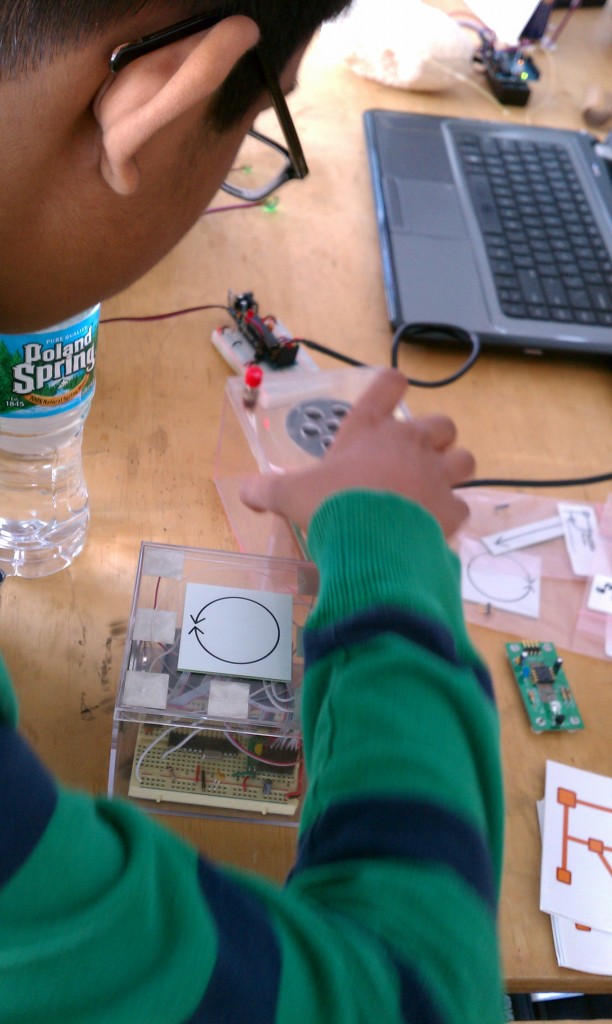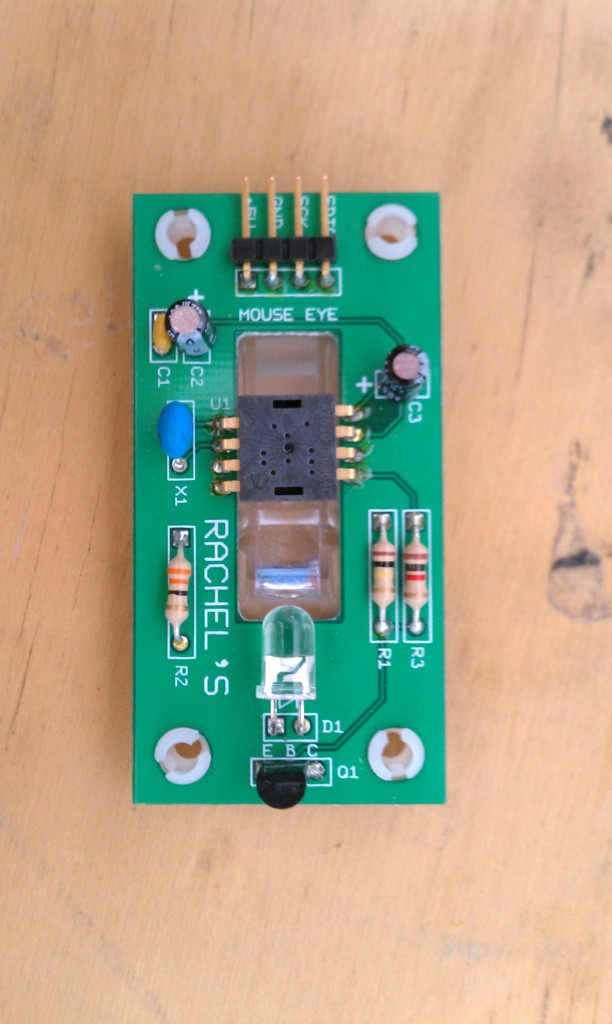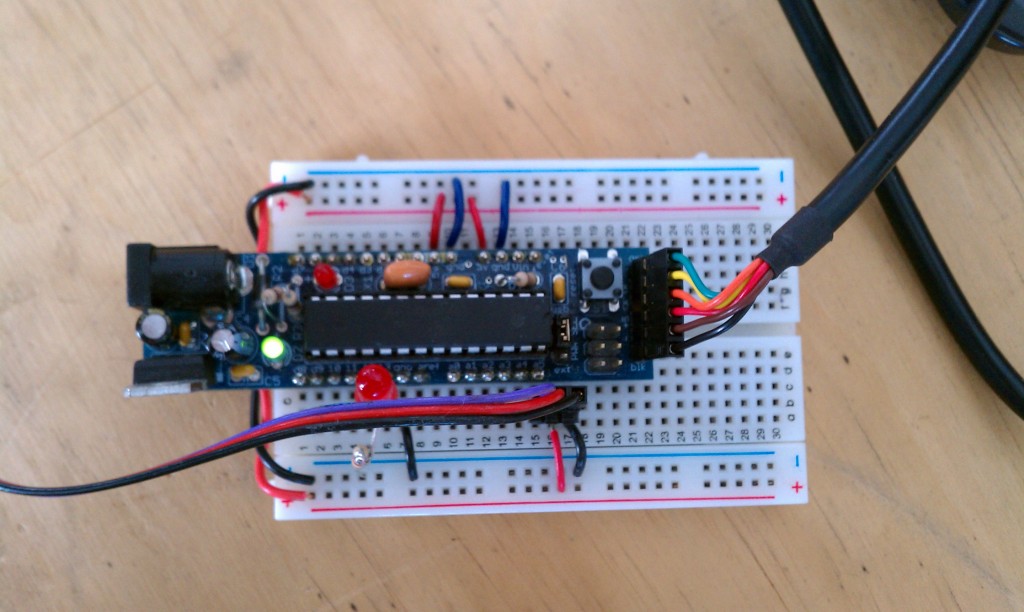Whitney Museum – Cory Arcangel: Pro Tools
The pieces displayed in the Pro Tools show are significant in the way that they are historical and should be seen in a historical context. Set history aside, I personally did not find the pieces that intriguing. The main reason for this is these pieces mainly investigate the use of then innovative tools, but media theory and discussion have evolved so much since the 70s that mere discussion of early tools really is not all that interesting anymore. For me, the way tools shape perception, thought process and culture, and projections of future developments are more stimulating topics.
MoMA – Talk to Me
The Talk to Me show at the MoMA in general was not as interesting as I’d hoped it would be. However, there were three pieces I found inspiring:
Hi, a Real Human Interface is a clever interpretation of computer data processing and task management. It was thought provocative in the way that it bridged a connection between man and machine, humanizing one and objectifying the other, and in doing so, equating the two. The video display in the Talk to Me show was probably not the way to exhibit the piece. I later found out that the piece was actually a live interactive project where you can directly interact with the screen displaying the video, and change the activity of the performer.
Hungry Hungry Eat Head has all the qualities of a well done public intervention, it’s light, fun, extremely participatory, and alters public behavior to a great extent. The technique of using QR codes for object detection is new to me and I’d like to learn more of how it is done.
Dead Drops was my favorite of all the pieces, I find it the strongest project. When I saw it, the first thing that popped up into my head was: alternative social network. I think if you think about it that way, it then becomes extremely interesting in the fact that it proposes a very unique and original way of communication, and the simplicity of the project only makes it stronger.





